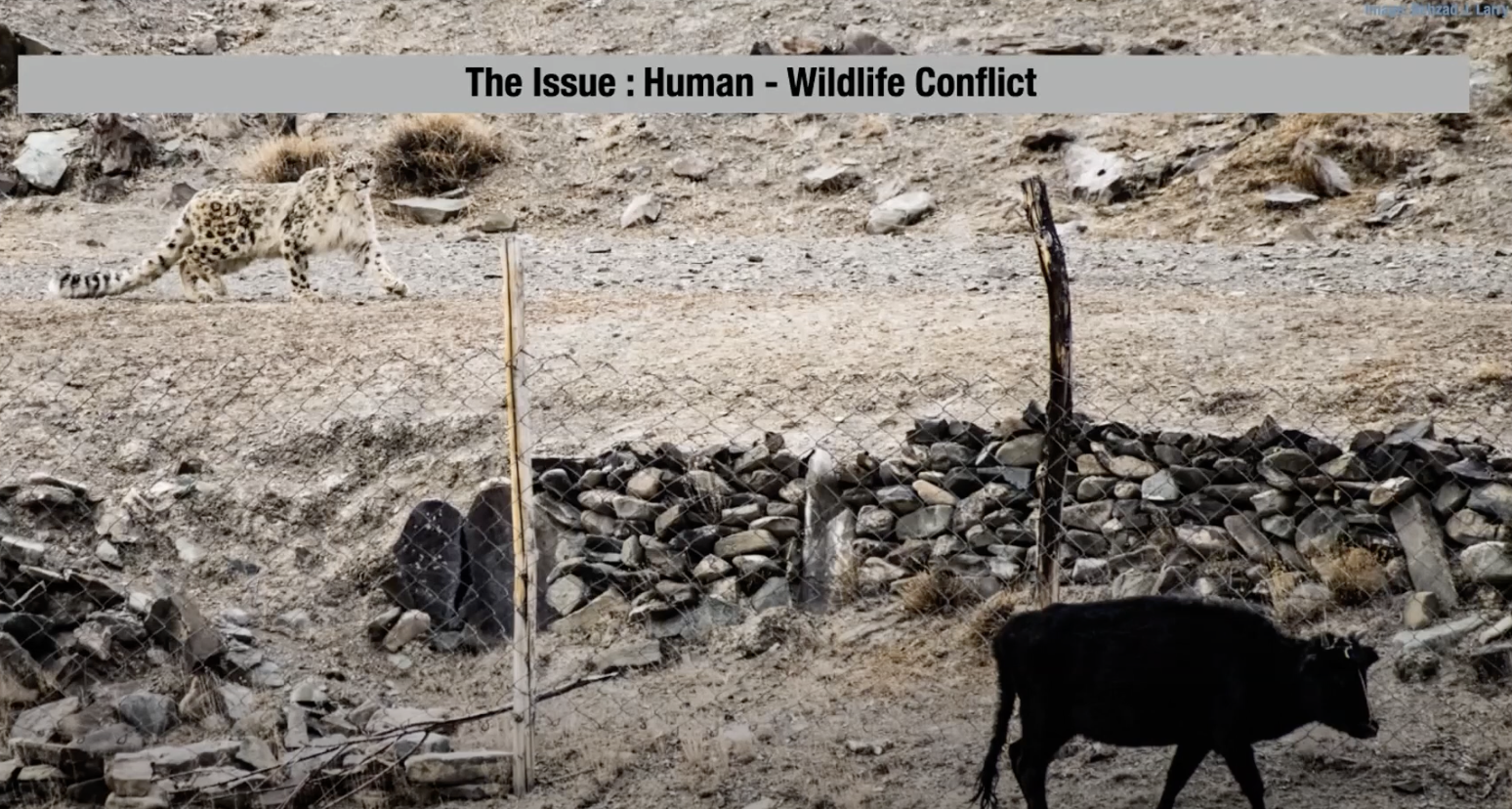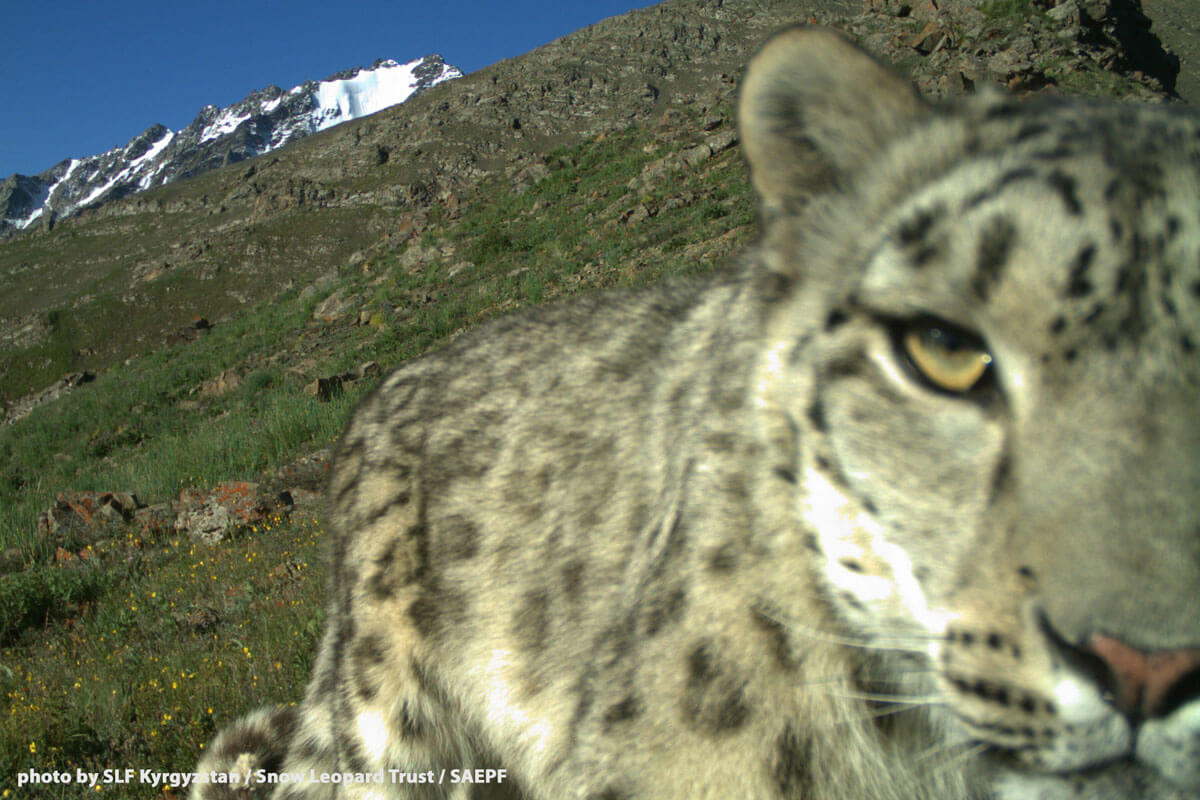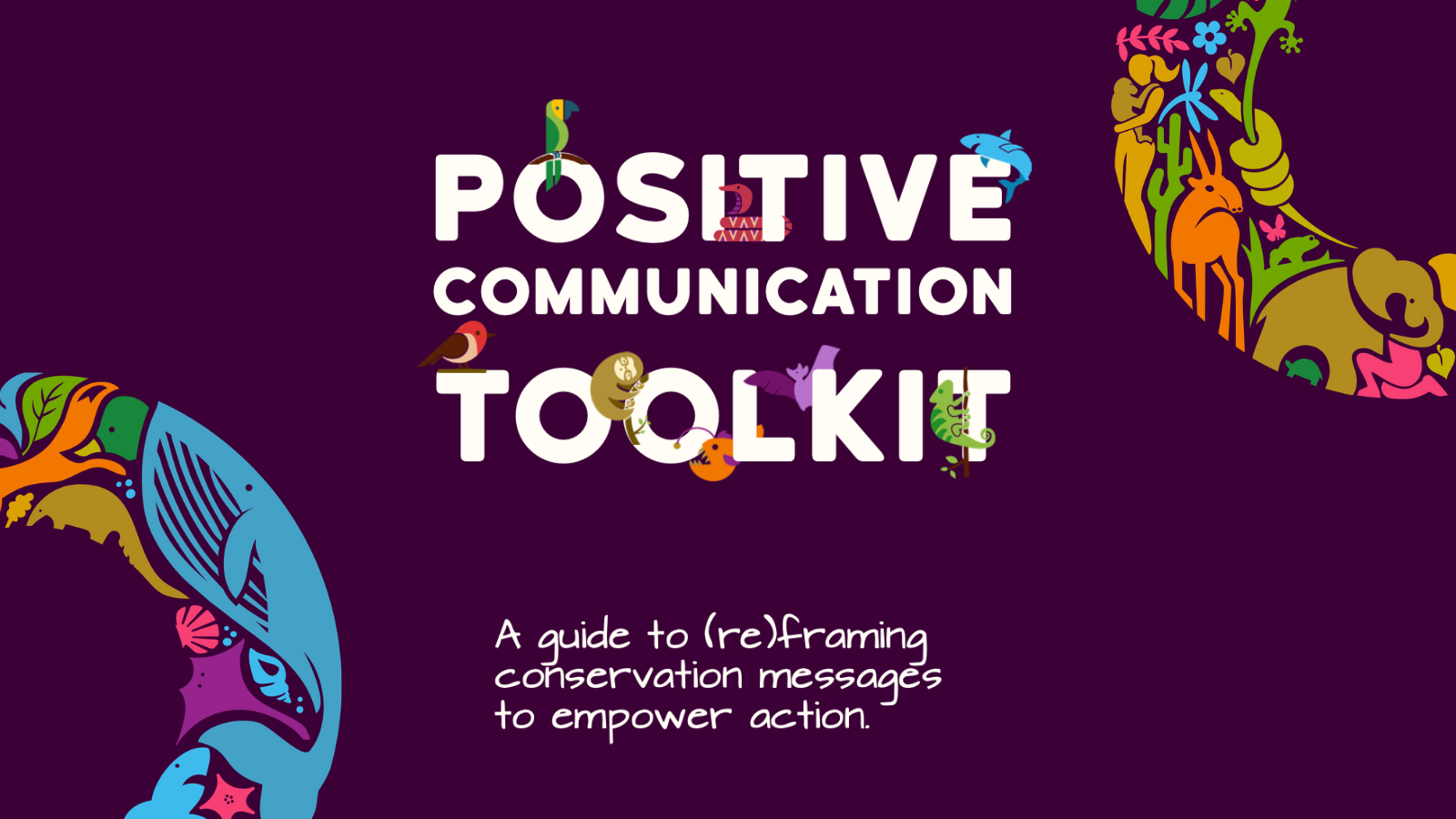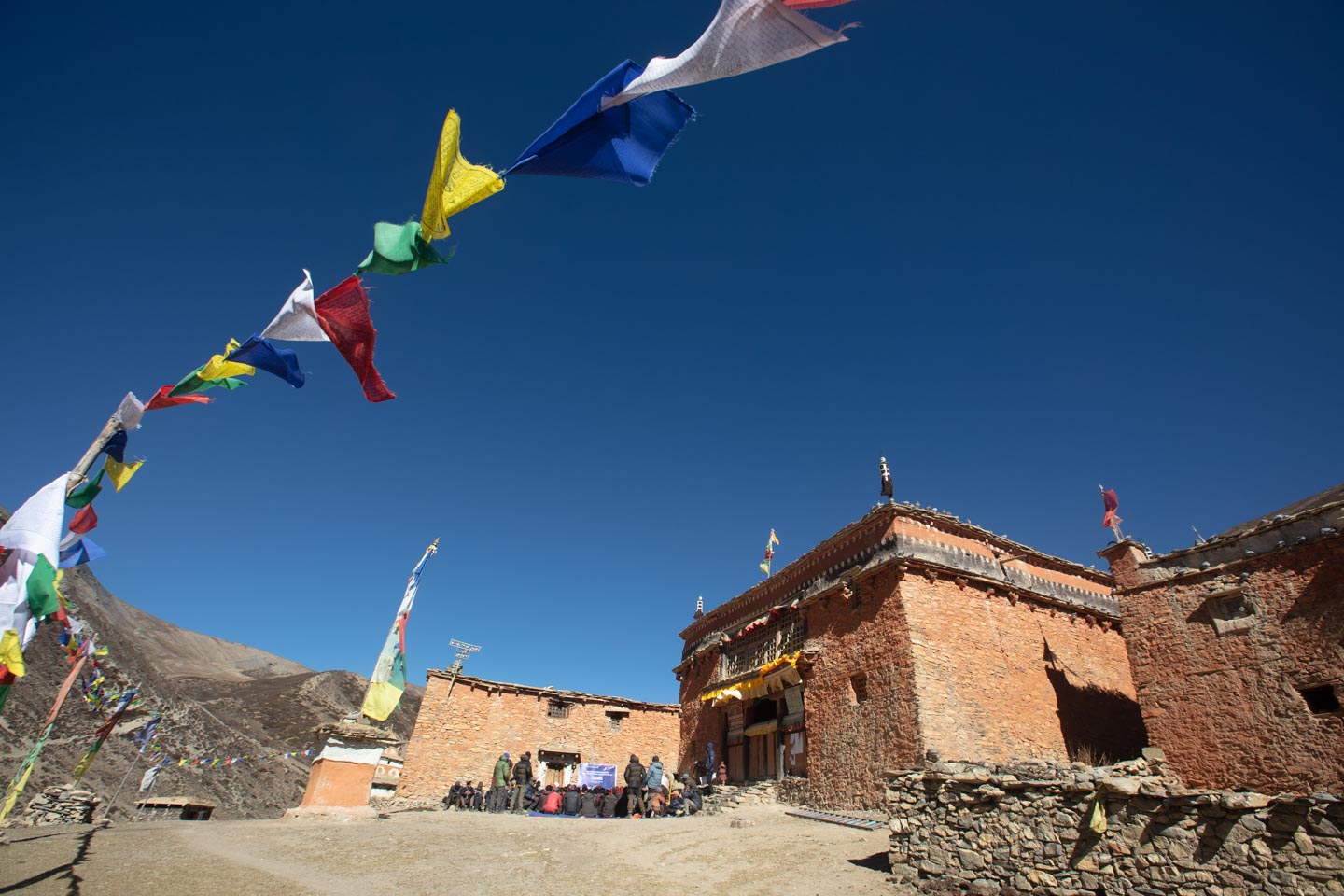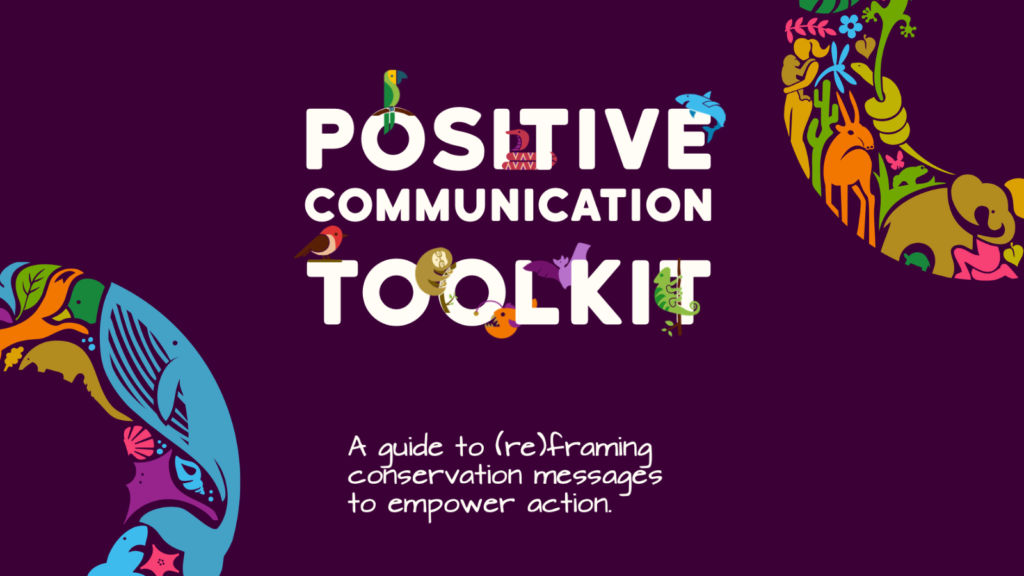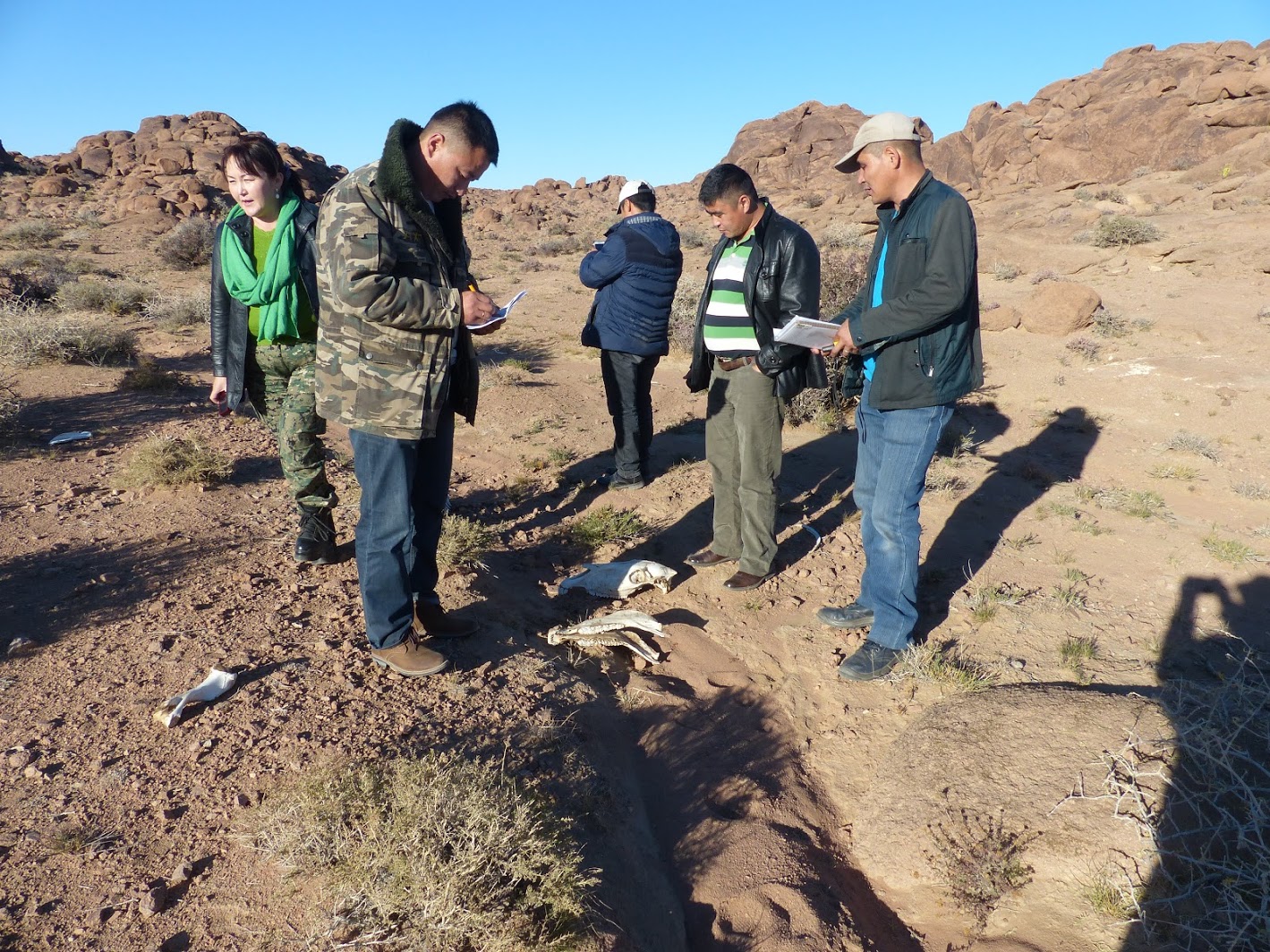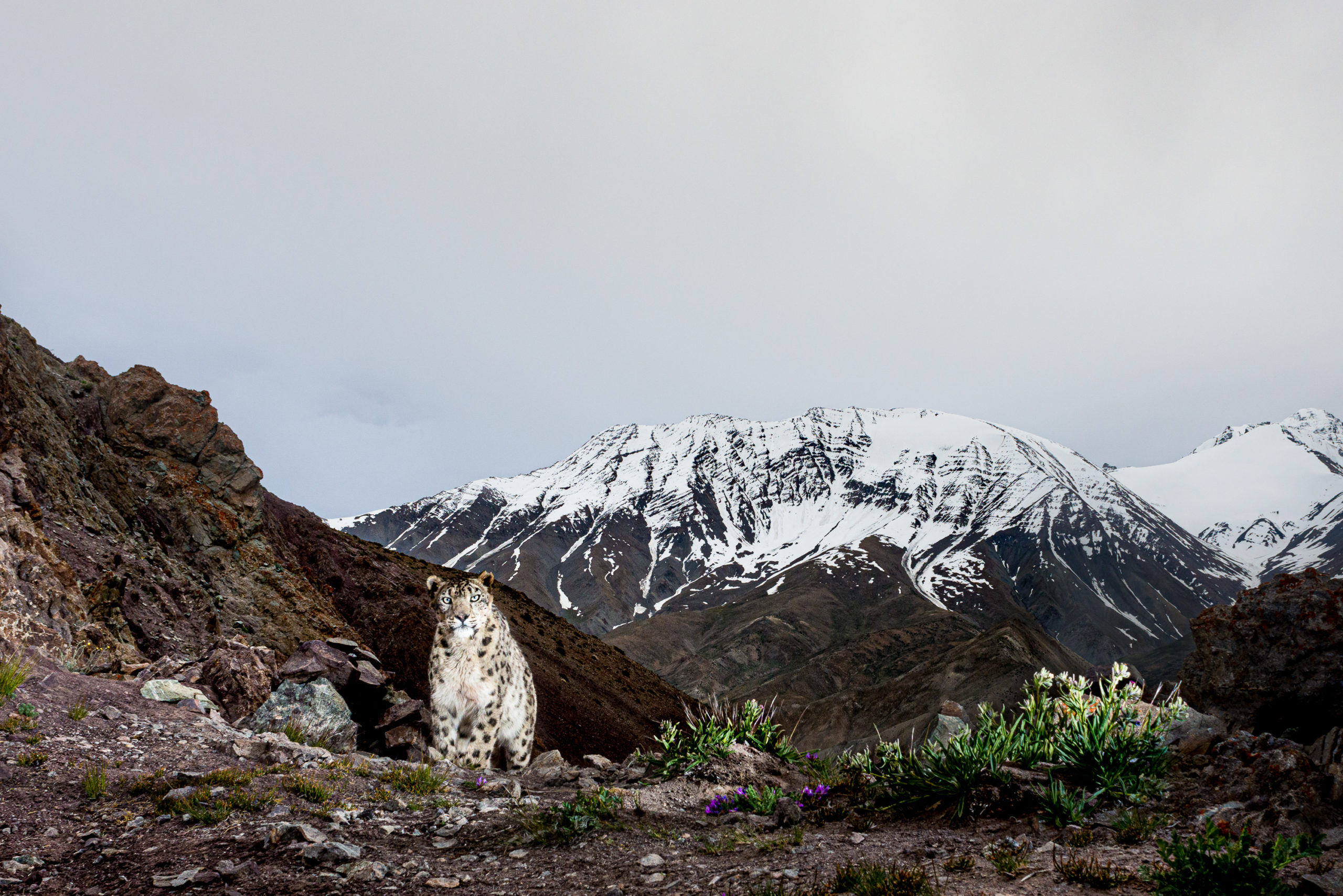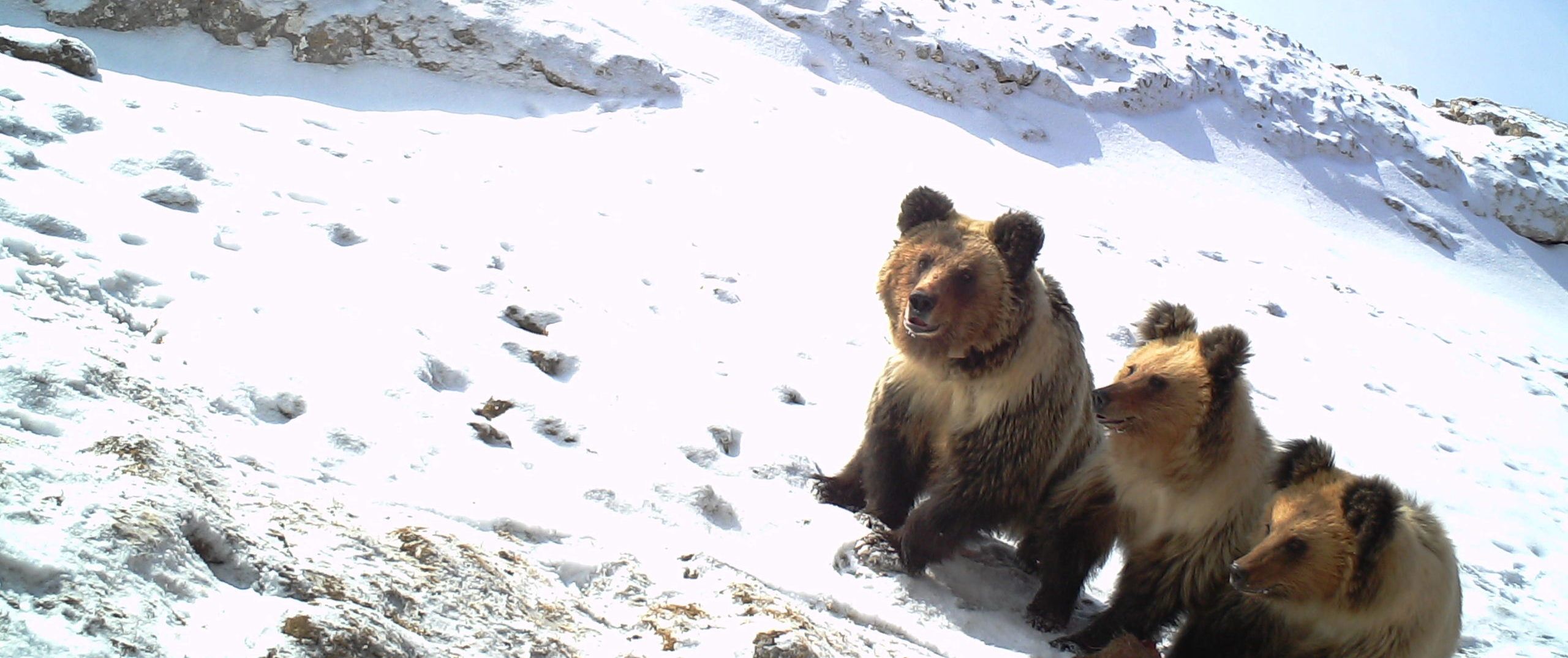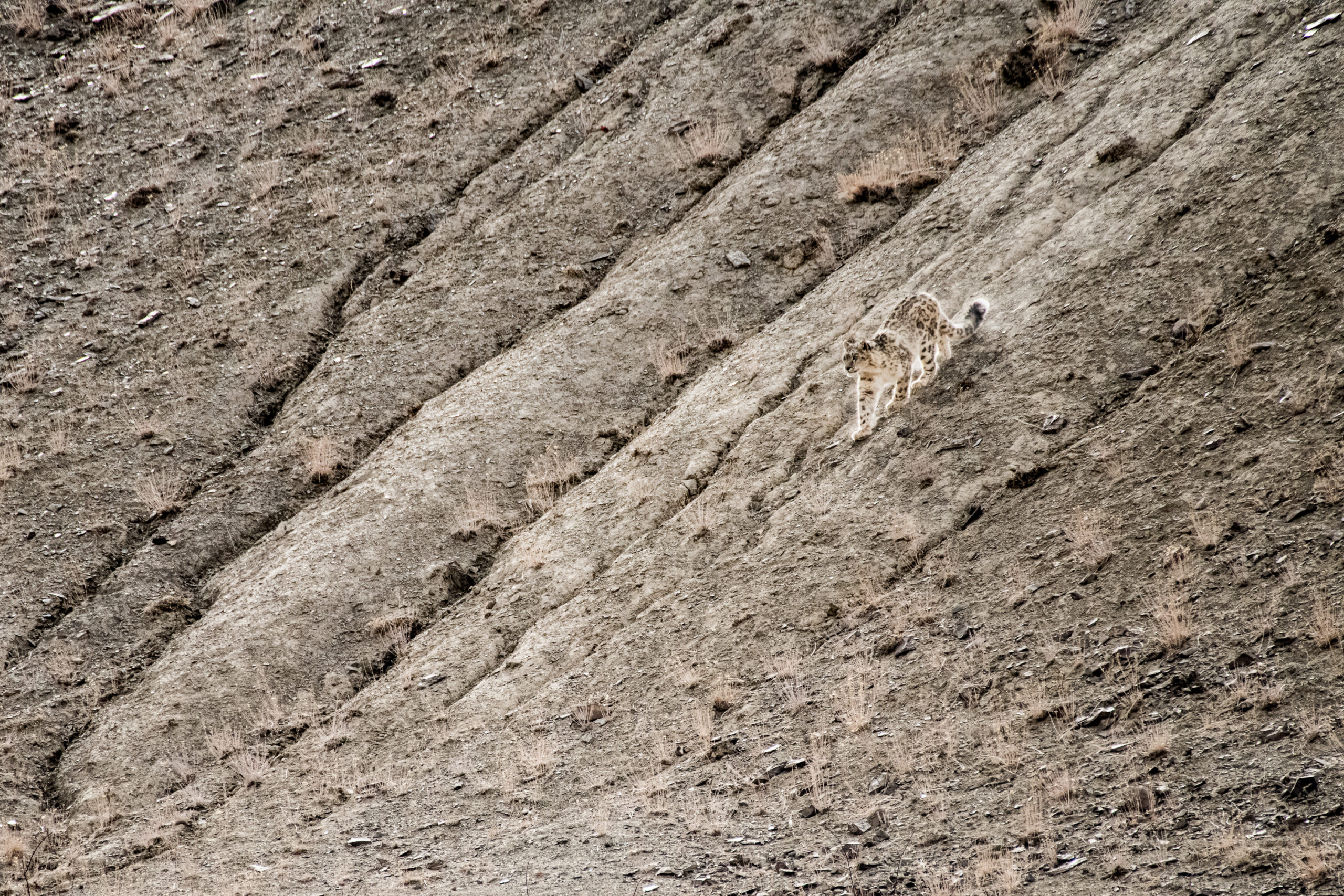Session 3: Communications & Advocacy
Module 10
During Session 3 we explore Communication and Advocacy; how do we move from creating awareness, will to action- and see the change we want! We are pleased to welcome Koustubh Sharma and Matthias Fiechter for this engaging Session. We also dive into how to use social media as a tool for communication and advocacy.
Session 3.1: Introduction to Communication and Advocacy
3.2: Snow Leopard Partnerships with private sector & campaign Examples
Session 3.3: Social Media and Communication
Session 4: Conservation Optimism
Conservation Optimism
The study of environmental bright spots (i.e., “instances where science has successfully influenced policy and practice”) can be a crucial tool to help humanity navigate the current environmental challenges it is facing (Cvitanovic & Hobday 2018).
Conservation Optimism‘s mission is to empower researchers and organisations to tell these stories of conservation optimism — large and small — so as to inspire change.
Session 4 of Module 1o
In Session 4 of Module 10, you will get practical tips from the Conservation Optimism team on how to craft your messages using a solutions lens!
They will take you on a deep dive into their Positive Communication Toolkit and will help you identify and avoid the most common communication traps so that you develop solutions-based content in a range of formats.

Session 4.1: Communication Optimism
Session 4.2: Optimism Exercises
Snow leopards in Nepal: Satellite Telemetry Update
SLN welcomes Samundra Subba and Sheren Shrestha from WWF Nepal in this further update from teams working in Nepal. Orjan Johansson – SLN Steering Committee member and also a specialist on snow leopard collaring- will joins us as facilitator.
About the talks
Ensuring the long term viability of snow leopards (Panthera uncia) across large human dominated landscapes requires an understanding of its spatial ecology and movement behavior. In the first section of the talk, Samundra Subba presents preliminary findings of the first ever GPS telemetry study by the Nepal government in the western and eastern snow leopard landscapes, and supported by WWF. The speakers give insights into what was found regarding the snow leopard’s spatial range and movement patterns, including transboundary travel to India and China.
In a second section, Sheren Shrestha describes how the collaring research is blended with community knowlege to strengthen conservation efforts. While modern science and technology has helped us understand the elusive snow leopards better, many conservation solutions find basis in traditional and community knowledge. Sheren will furthermore outline how their project supports the Nepal government to find solutions that benefit both snow leopards and communities in the Himalayas, with focus on Shey Phoksundo National Park in western Nepal.
Find out more about our speakers HERE.
Exciting addition to Module 10: Conservation Optimism
Conservation Optimism
The study of environmental bright spots (i.e., “instances where science has successfully influenced policy and practice”) can be a crucial tool to help humanity navigate the current environmental challenges it is facing (Cvitanovic & Hobday 2018).
Conservation Optimism‘s mission is to empower researchers and organisations to tell these stories of conservation optimism — large and small — so as to inspire change.
Session 4 of Module 1o
In Session 4 of Module 10, you will get practical tips from the Conservation Optimism team on how to craft your messages using a solutions lens!
They will take you on a deep dive into their Positive Communication Toolkit and will help you identify and avoid the most common communication traps so that you develop solutions-based content in a range of formats. The structure of the workshop will be as followed:
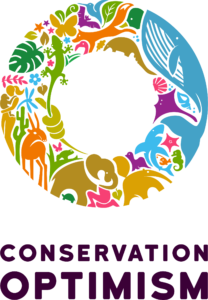
Part 1
- What is framing and why it matters?
- Why are you communicating?
- The values and beliefs underpinning your message
- Communication traps and how to avoid them
- Q&A
Part 2
- Group exercise 1: discuss who you think the audience you’re trying to reach through your research/work is & what are the key outcomes you are hoping to get from reaching out to them.
- Group exercise 2: Craft a Twitter post targeting the audience you identified earlier to achieve your key outcomes. You will then be feed backing your findings to the rest of the group.
Register to join the Session!
The Snow Leopard Network (SLN) and Global Snow Leopard and Ecosystem Protection Program (GSLEP) are pleased to launch a Snow Leopard Conservation Communication Module.
We are pleased to invite the Conservation Optimism Team to lead Session 4. Find out more about the module and register before March 25th!
Registration Closed
Модуль 9: Использование программы SMART (Инструмент пространственного мониторинга и отчетности) для управления и мониторинга популяции ирбиса
Snow Leopard Network рада представить своего партнера – Общество сохранения диких животных (WCS) – и предложить вашему вниманию данный семинар, первый на русском языке. Модуль 9 знакомит участников с инструментами для мониторинга популяций диких животных и потенциальных угроз в местах обитания ирбиса. Присоединяйтесь к нам!
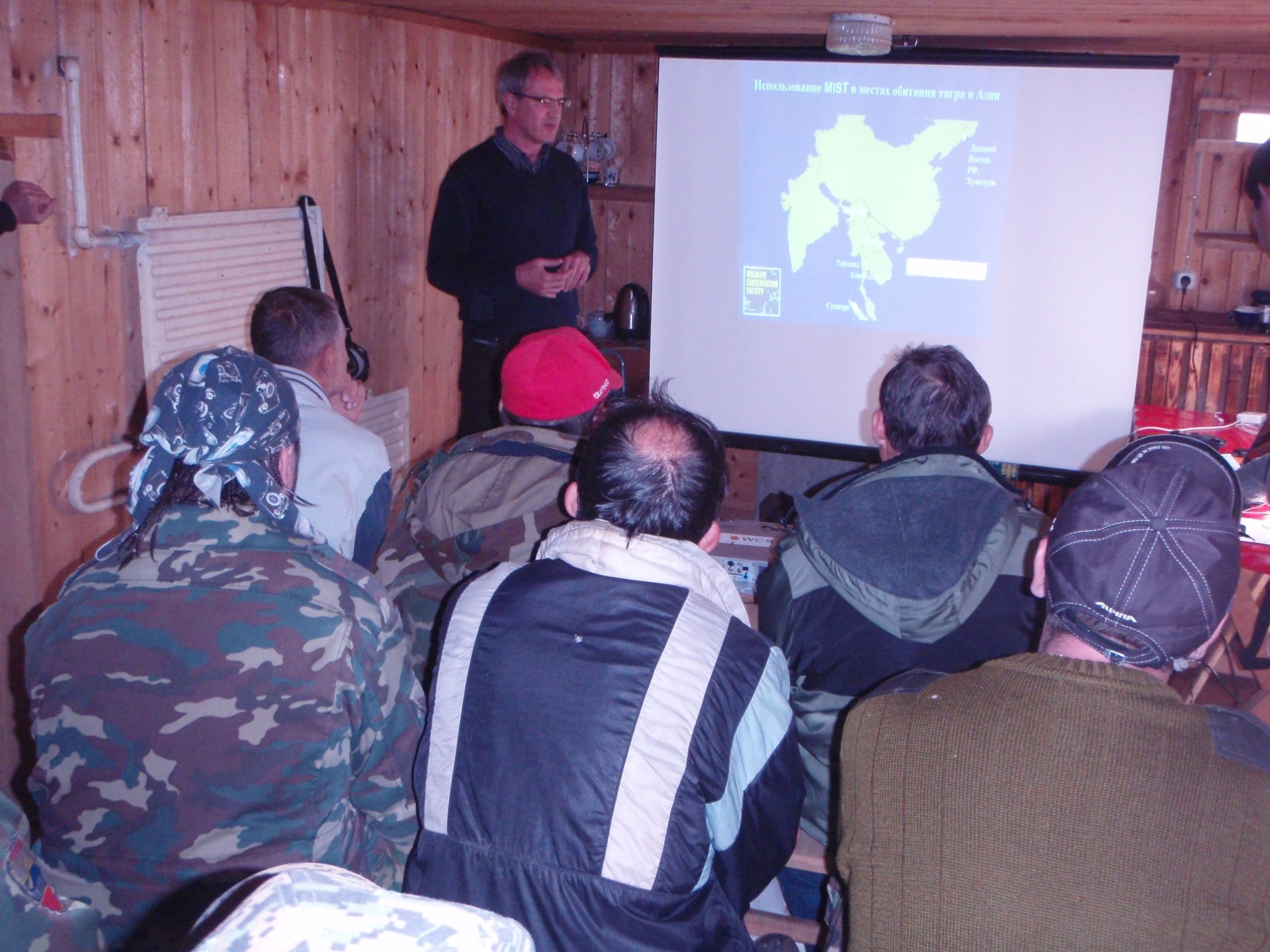
О семинаре
Программа SMART (Инструмент пространственного мониторинга и отчетности) быстро стала мировым стандартом в управлении и мониторинге охраны территорий. В настоящее время программа SMART используется на более чем 900 охраняемых территориях в 60 странах по всему миру. Однако в ареале ирбиса данная программа пока применяется ограниченно. Программа SMART использует данные патрулирования в циклах управления, цель которых – поэтапное повышение эффективности рейдов. Программа может помочь в решении проблем, связанных с угрозами ирбису, его видам-жертвам и местообитаниям, а также обеспечить его сохранение.
Основная цель данного семинара – подробно рассказать о том, как работает программа SMART в контексте адаптивного управления в ареале ирбиса. Основное внимание будет уделено процессу реализации программы на местах (тренинги, встречи, логистика и техническая поддержка).
Михил Хётте из российской программы Общества сохранения диких животных (WCS) будет вести семинар на русском языке и у вас будет время для обсуждений и вопросов.
Даты проведения семинара
- 1 апреля 2021 г.
- Четверг 17:30 – 19:30 по бишкекскому времени
Михил Хётте

Михил имеет степень магистра в экономике и управлении бизнесом, которую он получил в университете Амстердама. Он работал в Голландии в качестве консультанта по вопросам управления в компаниях KMPG и Deloitte & Touche. С 1996 г. он принимает участие в природоохранных проектах на Дальнем Востоке России, с 1997 г. является директором Tigris Foundation (голландская НКО, созданная Михилом в целях сохранения дальневосточного леопарда и амурского тигра), в 2003-2008 гг. – сотрудник Лондонского зоологического общества. С 2006 г. в рамках российской программы Общества сохранения диких животных (WCS) занимается разработкой и внедрением программы SMART (ранее – MIST) для мониторинга и адаптивного управления рейдами. Специалисты WCS оказали содействие во внедрении программы SMART на 7 федеральных ООПТ в ареале амурского тигра и одном управлении охотнадзора на Дальнем Востоке России.
С 2016 г. Михил также работает над проектами SMART в Центральной Азии. Он помогал разрабатывать и внедрять SMART для проведения патрулирования под руководством WCS в ООПТ, созданной для охраны ирбиса в районе Вахан в Афганистане. В 2018 г. Михил провел 5-дневный семинар, посвященный знакомству с программой SMART, для Казахстанской ассоциации сохранения биоразнообразия и других ООПТ и природоохранных организаций. В том же году Михил вместе с Тони Линамом провел 3-дневный ознакомительный семинар по программе SMART в Бишкеке для специалистов из Киргизии, Узбекистана и Монголии. С 2019 г. он оказывает содействие Программе развития ООН и ее партнерам в Узбекистане во внедрении программы SMART на двух пилотных территориях в ареале ирбиса – Чаткальском и Гиссарском заповедниках. Если будет получено финансирование, в этом году Михил начнет свою работу над пилотным проектом по внедрению программы SMART в двух заповедниках в Киргизии, где обитает ирбис.
Заявки на участие в семинаре
- Прием заявок – до пятницы 26, 2021.
- Количество участников ограничено, поэтому не откладывайте подачу своей заявки.
- Applications Closed
Session 1: Tourism as a Conservation Tool?
Module 8: Session 1
Our first Session of Module 8 will kick us off framing the issue of tourism and conservation in the setting of snow leopard habitats. Raghu and Joanna have outlined some of these ideas in this downloadable note. If you have time please do read it before joining (if not after the session as a resource). This note may spark your ideas on questions to ask or thoughts to throw into the discussion.
Session 1.1: Tourism as a conservation tool?
Session 1.2: Conservation tourism – economic driver for inclusive conservation
Session 1.3: Conservation Tourism Plenary Discussion
Highlights
- Eco-tourism and conservation tourism are different although both can benefit conservation.
- Conservation tourism is a term used when tourism planning is centered around conservation goals. Conservation tourism entails tourism being an active participant in conservation whereas other forms of tourism are passive and reactive to existing conservation.
- Important to maintain clarity over the terms so that later evaluations can be accurately assessed in a way that has not been possible with eco-tourism due to its conflation with other forms such as nature tourism, wildlife tourism, even adventure and outdoor tourism.
- Conservation can be better when different conservation models run parallel and complementing existing ones
- Beyond our Protected Areas conservation success can be achieve with active participation of communities
- Economic incentives can help encourage active participation of communities in conservation
- Tourism is growing industry and can be a nature friendly activity for ecologically sensitive areas and it can generate substantial economic benefits for communities
- Tourism for conservation must be developed, guided, promoted within a conservation framework and bring economic well-being of the communities
- Benefits from tourism must add to the existing livelihood and not replace the existing income sources
- The development of tourism must ensure a tangible outcome of conservation to use it as an effective conservation tool.
- Equitable distribution of incentives is key to the success in making tourism into conservation tourism. With small but equitable benefits bigger conservation goals can be achieved.
- Greater individual benefits more divisive it is for the community to participation
- Tourism benefits can be effectively used to generate snow leopard friendly perception and reduce conflict.
Snow leopard & Tibetan brown bear conservation and research
In this first webinar of 2021 we travel to the Qinghai-Tibetan plateau with a young team of researchers who are looking at snow leopard conservation from a wider perspective- and considering other large mammals. We are pleased to welcome Charlotte Hacker and Dr. Yunchuan Dai who discuss Tibetan brown bear and snow leopard research and conservation in China. Our speakers give a particular focus to how these carnivores co-exist with humans and varying land use patterns- highlight key conservation messages and learnings.
Session 2: Community Conservation & Tourism
Module 8: Session 2
In this 2nd session of Module 8 we move forward and specifically look at the ‘whys’ and ‘hows’ of engaging communities for conservation led tourism. We capture the positions of different stakeholders and how they can, or might not always, be aligned with benefits reaching the community as a whole.
Session 2.1: Why should local communities be central to conservation?
Session 2.2: Principles for community led conservation tourism in China
Session 2.3: A large scale context approach
Highlights
- Why should local communities be central to the conservation of snow leopards?
- What are the benefits and risks of involving local communities for conservation of snow leopard landscapes?
- There maybe a tension between tourist experiences and community cohesion. For example tourists will want to stay at the best place for the best chance. They will also want to choose where they stay. Versus the community being empowered to regulate, and promote the equitable distribution of benefits.
- How can effective community structures deal with tourism and manage the program?
- There is a need for support of the local governments and other enforcement agencies
- An integrated approach is crucial when looking at snow leopard tourism. While one community may be better suited to host guests, other nearby communities can be part of the wider service ecosystem. One can consider the distribution of benefits at the landscape level
Download the full highlight summary HERE.
Session 3: Risks and Opportunities
Module 8: Session 3
This 3rd session of
covers the “Risks” that tourism can pose across snow leopard landscapes, especially if not managed ethically. We then discuss the strategies we can use to ‘mitigate’ these risks and the roles that different stakeholders can play in mitigating this risks.
Session 3.1: Introduction to risks
Session 3.2: Discussion on potential risks
Session 3.3: Mitigate risks
Session 3.4: Approaches to mitigate risks
Highlights
- What are the social, economic and ecological risks posed by conservation led tourism?
- The major risks are all caused by a lack of planning, and a community responding haphazardly to a market driven demand for wildlife tourism.
- MITIGATE THESE RISKS BY:
- Assessing potential of snow leopard tourism at a regional level.
- Developing a mechanism to address failure of systems and/or stakeholders.

